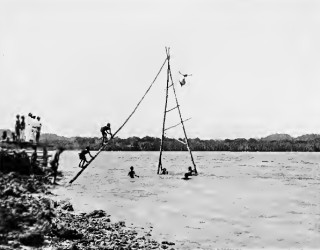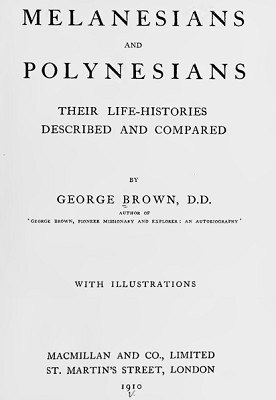
surfresearch.com.au
george brown : surf-riding in samoa, 1870
george brown : surf-riding in samoa, 1870
|
|
|
|
|
|
 |
surfresearch.com.au
george brown : surf-riding in samoa, 1870 |
Page 52 Diving Sports at Ruviana, Solomon Islands. |
 |
Brown George: Melanesians and Polynesians their life-histories described and compared. Macmillan and Co., London, 1910. Open Library https://openlibrary.org/books/OL175738M/Melanesians_and_Polynesians |

|
|
|
|
|
|
|